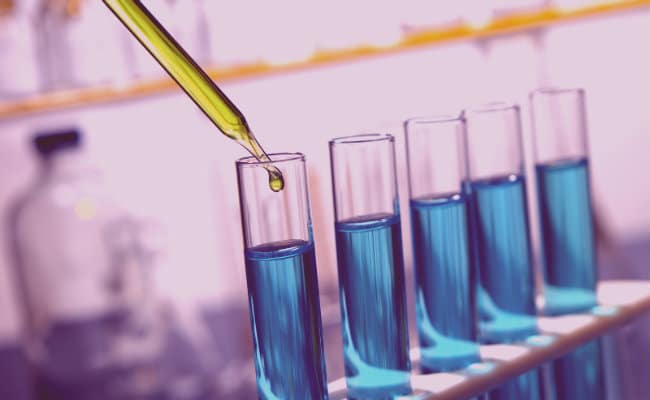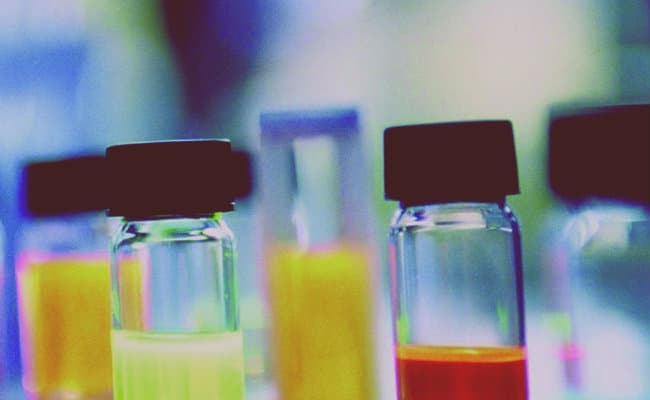Solutions in chemistry are usually binary, this means that they are made up of two components, the solute and the solvent, one being the solution to be dissolved and the other the solvent factor.
Based on this, these can be divided into two types, which are the valued and the empirical, the latter being those in which the amount of solute and solvent they may contain is not taken into account.
Normally in the empirical solutions the solutes and the solvents are relative, because these can change simply with the quantities, if we have a solution with the same quantities of both elements, each of the two names can be assigned.
What is a solution?
In order to know well the term of empirical solutions, it is necessary to know that it is a solution, which is defined as a homogeneous mixture, which are normally made up of particles smaller than 10 atoms, these are normally composed of two substances such as solutes and solvents.
Solutes
They are the substances that dissolve in a mixture, because these are mostly in lesser quantity.
solvents
They are the substances that dissolve the solute, these are found in greater proportions than the one already mentioned.
The solutions are divided into two types, which are those in which the exact amount of solute and solvent in a mixture can be determined, which are named by the valued ones, and there are also the empirical ones, which are those in which the amount cannot be determined. of these.
What is an empirical solution?

They are mixtures in which the exact amount of solute and solvent cannot be determined, in which elements can be separated from solid in liquid, liquid in liquid, gas in liquid and gas in gas, being the one with the largest volume the one that dissolves the minor.
The dissolution time variations will vary with respect to factors of temperature, pressure and the nature of the solute, as well as in the case of gas, it tends to dissolve the solute, creating that the solvent obtains a greater thickness.
There are five types of empirical solutions that are divided depending on the qualities of the solvent and the solute, among them are diluted, concentrated, saturated, unsaturated and supersaturated.
If a mixture has the two substances as liquid components, they lose the sense of the materials, and only which is which is known, because of the one with the greater quantity in the mixture.
Types of empirical solutions
These types are divided according to the resistance of the substances, and the amount of solute in them, among which the following can be mentioned.
Dilute solutions
They are those in which the amounts of solvent overshadow those of solute, which are also known as weak solutions, due to the small amount of it, an example of this could be when a tablespoon of sugar is added to a coffee that is in a high or hot temperature, which will dissolve extremely quickly thanks to the amount of solvent.
Concentrated solutions
They are those that have a large amount of solute compared to the amount of solvent that exists in the mixture or it can also be interpreted as the maximum amount of the substance that dissolves in the solvent amount, an example of this could be when they are placed 10 grams of salt in ½ liter of water.
It should be noted that there is no exact limit between dilute and concentrated solutions.
Unsaturated solutions
These are characterized by having the minimum amount of solute that it could contain, in certain pressure and temperature situations, an example could be 30 grams of salt in 2 liters of water.
Saturated solutions
They are totally contrary to the unsaturated ones, because they have the maximum amount of solute that it could hold, in certain pressure and temperature situations, it should be noted that when a solution is saturated the solute does not dissolve anymore, creating an equilibrium between the solute and the solvent.
Supersaturated solutions
These contain even more solute than saturated solutions. The only way for the solute to return to solvent action is by heating the mixture, but when it is allowed to cool, it will return to its original state due to its supersaturation. They are unstable solutions that when receiving the slightest blow or sudden movement, will become saturated solutions.

Solution properties
Solutions have many properties, but the most important is solubility, which is the amount of solute that can be dissolved in a solvent at a given temperature, with the composite layer having its own solubility level.
There are also others of the solute such as electrical conductivity, vapor pressure, among others, as well as the solvent such as the boiling point, or the fission point, which is when a solid becomes liquid.
For a homogeneous solution to form, there must be a certain attraction between the molecules of the solute and the solvent, which will overcome the force of the molecules of attraction of the solute alone, causing them to disperse and in turn join those of the solvent.
For example, we have water and sugar, which, as is known, when you put a tablespoon of sugar in a glass of water, they will dissolve, because the water molecules are strong enough to attract those of sugar. , achieving that they mix and that this happens to be a joint liquid with the water.
8 Examples that help determine empirical solutions
- When you make a latte, it looks like the solute to the coffee, which is a solid, and the milk, as the solvent, which is a liquid.
- Chocolate and water, chocolate being the solute and water the solvent.
- When subjected to a solution to water and air, the mist is obtained.
- Paint and tiner, to be able to use oil paint more easily, it must go through a dissolution process with the tiner, which is the solvent.
- Soapy water, in which water is the solvent and soap a solute, this can also serve as an example of an unsaturated solution.
- Coffee with water, when preparing a normal type of coffee, it is also being diluted, but this time it is with water, which acts as a solvent.
- Water with sugar, sugar being the substance to be dissolved and water the solvent
- Water with artificial juices, these beverages being dehydrated products, which function as a flavored sugar, acting in the same way as the previous one.